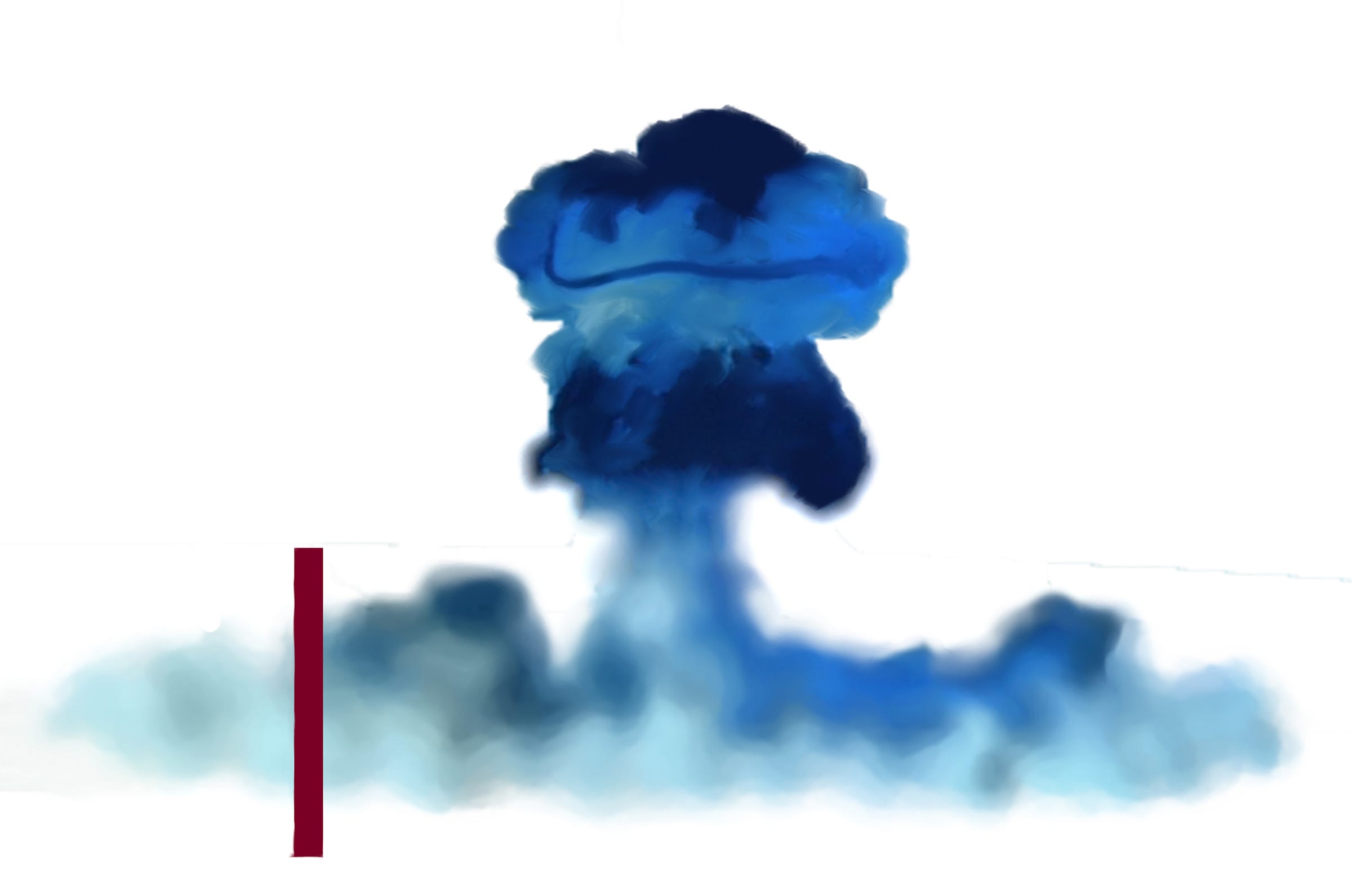Where to go when the world goes to hell?
Some ramblings on supposed safe havens from climate change and nuclear war
McKinley County, New Mexico, is the safest place to live in America in terms of natural disasters—even when climate change is taken into account. That’s the conclusion of a recent report from CoreLogic, a property analytics and data firm. Other counties in and around the Four Corners Country, including several in C…



